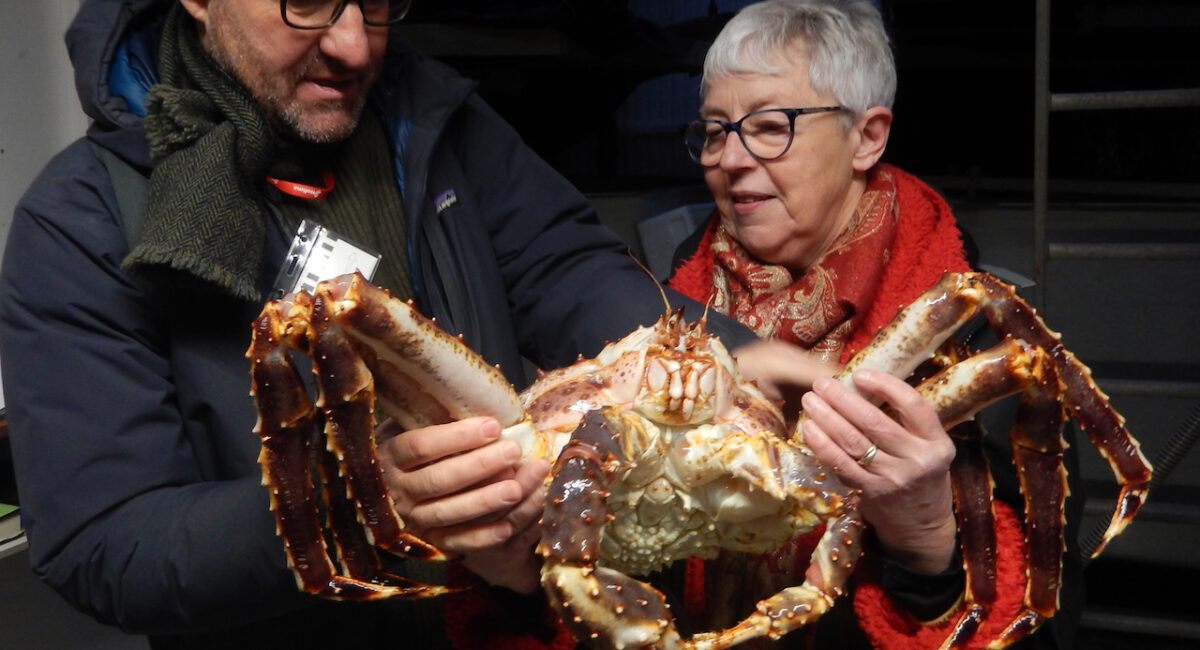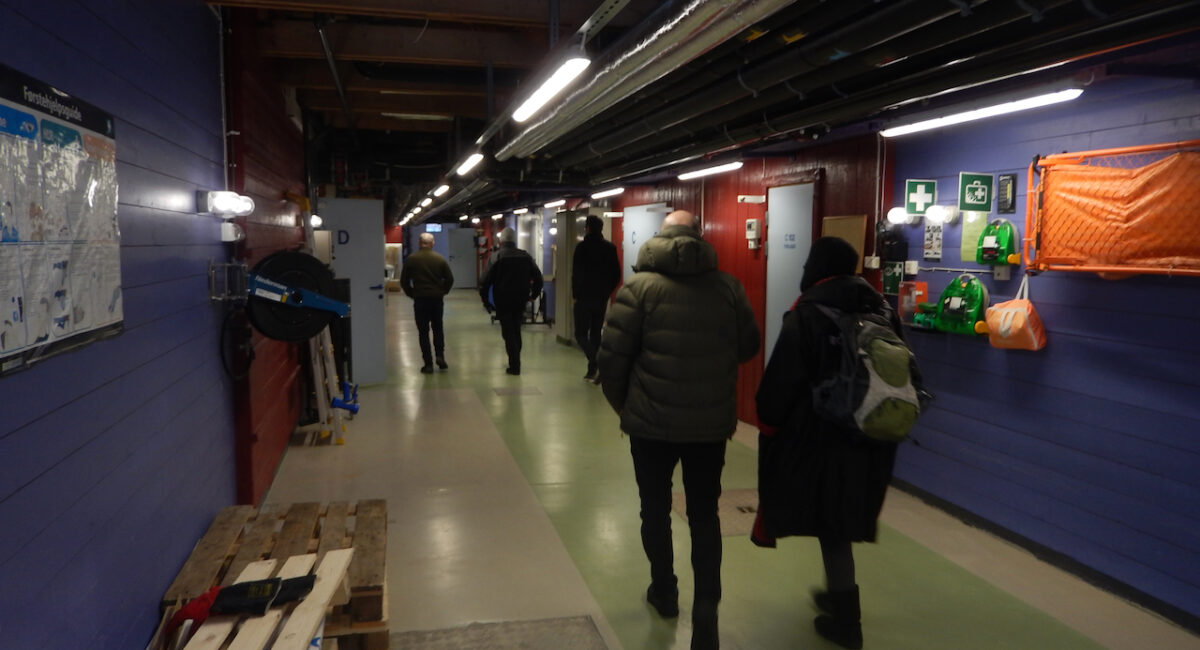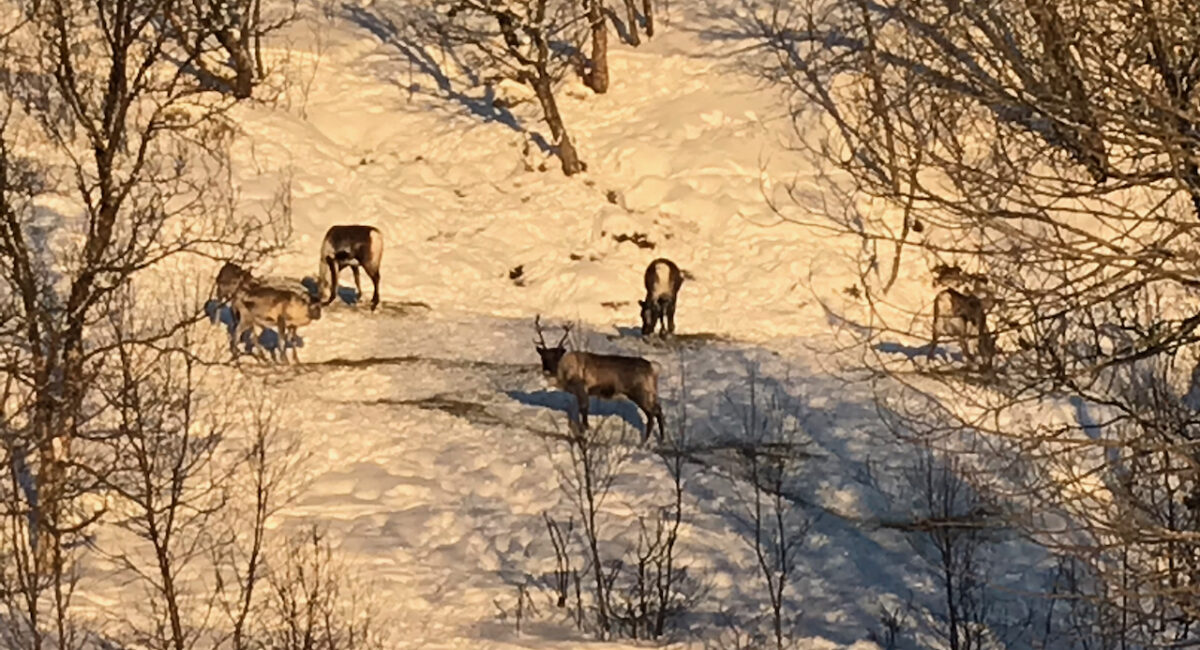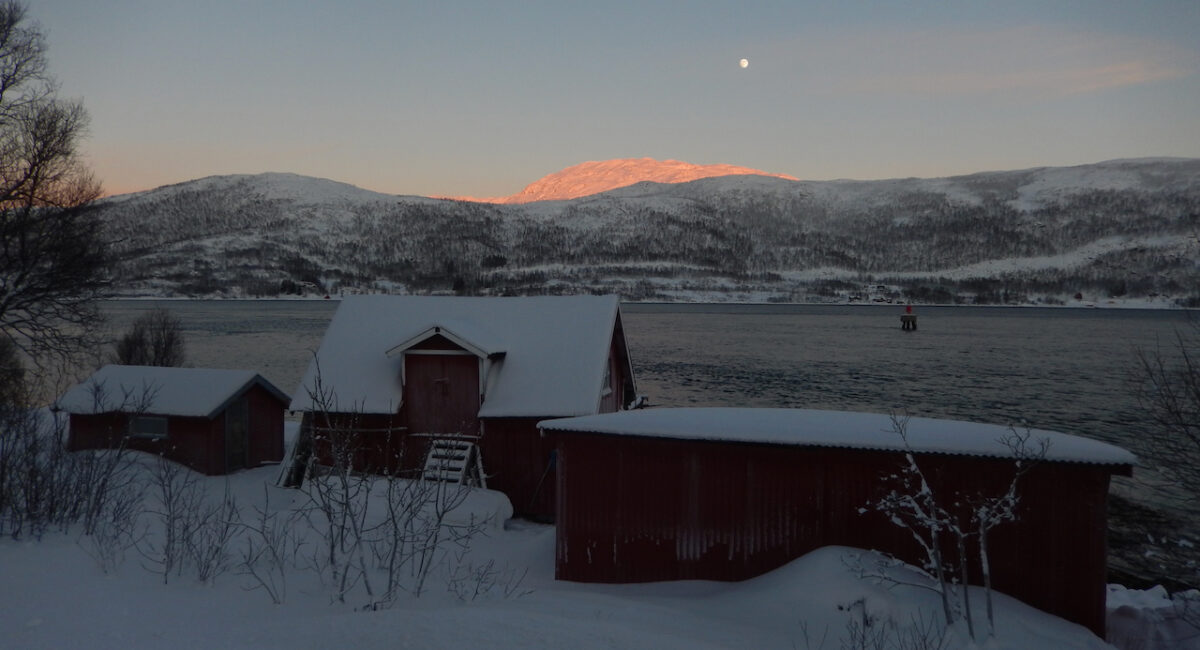Casting out the arctic research net – in the field with Touch in Tromsø
After several productive workshop days indoors at the Norwegian food research institute (NOFIMA) offices in Tromsø, Norway, Touch TD researchers maintained their tradition of embracing a field visit out into our ArcticHubs research sites. On this occasion to further stimulate ideas and gain an understanding of the multi land and sea use realities in the area, we visited the Tromsø Aquaculture Research Station, on the nearby island of Ringvassøya.
Situated in an ideal location to consider the interactions between aquaculture, tourism and fishing, we spoke with NOFIMA researcher Dr Sten Siikavuopio, about some of the emerging findings coming out of ArcticHubs research.
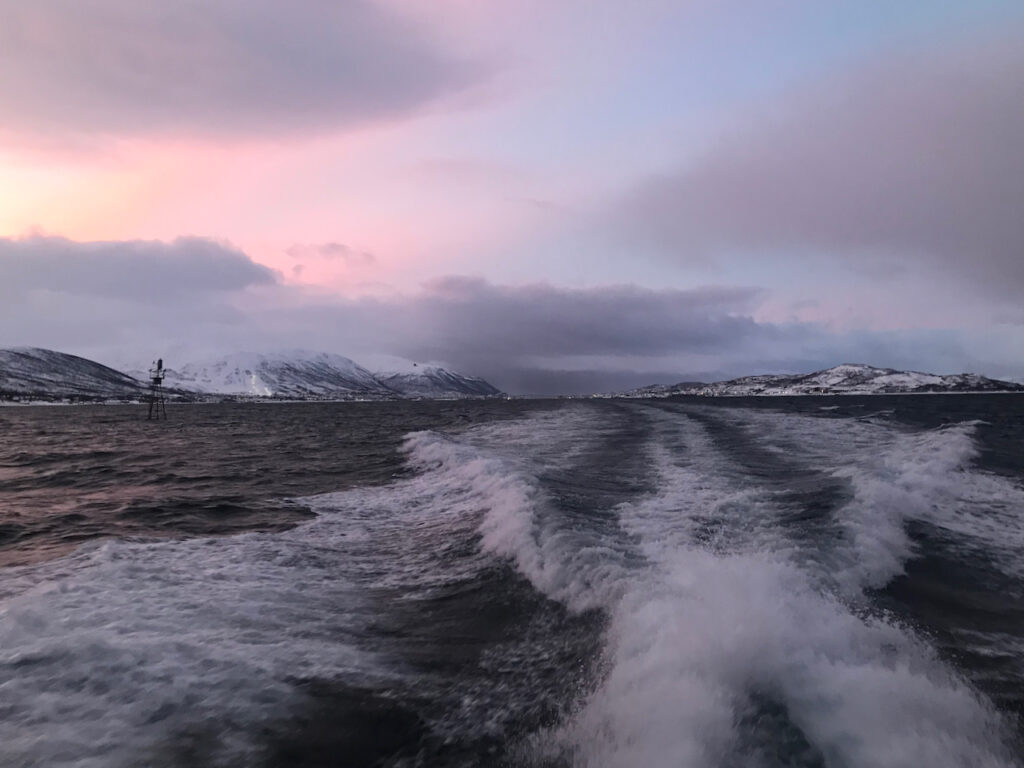
First introduced in the Winter 2022 edition of ArcticHubs newsletter, we had an opportunity to directly observe the site where research is being conducted through geographic information systems relating to movements by wild cod 🐟 (CodGIS). The studies have already thrown up some fascinating results. Pointing out across the fjord Sten explained,
“There you have the facilities for the salmon farm, and in this area, the cod were moving for one year with this transponder after we had tagged them and followed them all year. And what we saw that was the wild cod prefer to stay under the sea cages of the salmon farm. It was easy food for them. It was like a McDonald’s restaurant where they could easily get food enough. So the cod is actually changing their behaviour”
CodGIS is just one strand of research being conducted in the research centre. We were also able to view ongoing research around other aquaculture options – these extend across a variety of marine species including sea urchins, snow crabs and wolf fish.
Most intriguing of all, are the studies observing an invasive species that initially caused considerable consternation throughout the fishing communities in the far north of Norway – read more in the Summer 2022 ArcticHubs newsletter. The red king crab (Paralithodes camtschaticus), first introduced in the Barents sea during the 1960s as an experiment by Soviet scientists, is undergoing a remarkable transformation in how it is viewed by fishing communities, as well as local hotels and restaurants!
Moving from a position as the villain of the piece thanks to its unwelcome impact on local marine ecosystems, to a prized asset once its market value was understood. More informed management of the species in the region has therefore became essential. Consequently, the work being conducted by NOFIMA around the crab’s life cycle, and its interactions inside its new home in Norwegian waters has taken on even greater significance.
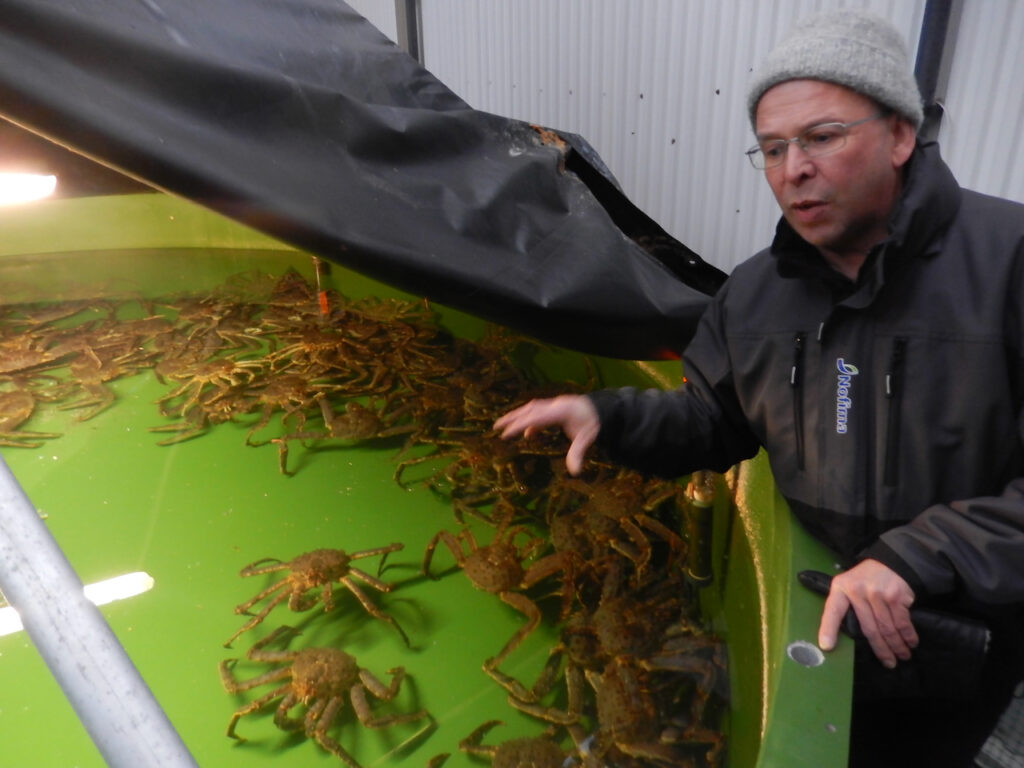
For Touch TD, we got to observe first-hand what a complex weave exists and which steps have to be taken, in order to maintain a more sustainable balance between different livelihood sectors in the Arctic 🦀
Keep up to date with the ArcticHubs research by registering for the quarterly newsletter: https://tinyurl.com/ArcticHubs-newsletter
And of course, please contact jonathan@touchtd.com OR julie@touchtd.com if you’d like to connect with us regarding research that cross cuts tourism with other sectors and livelihoods.

